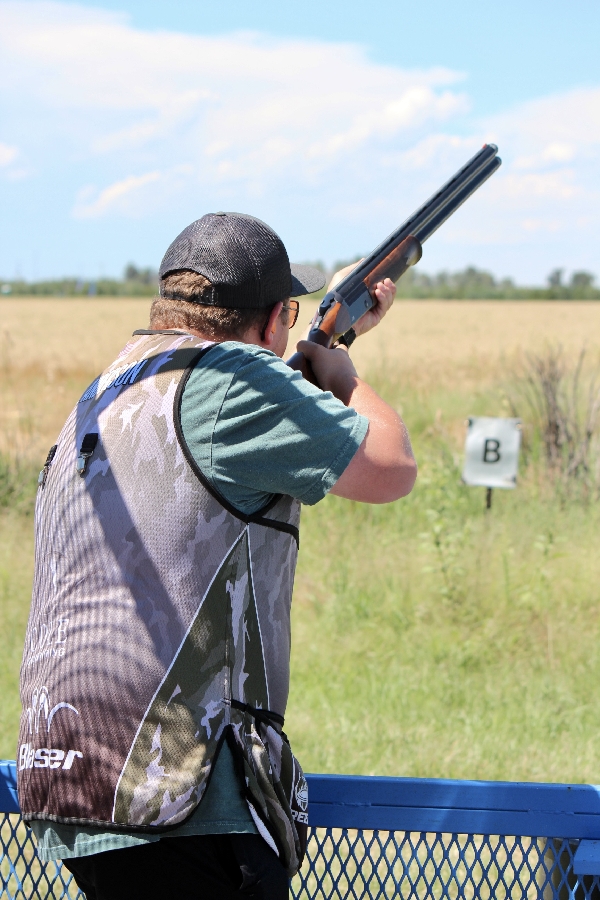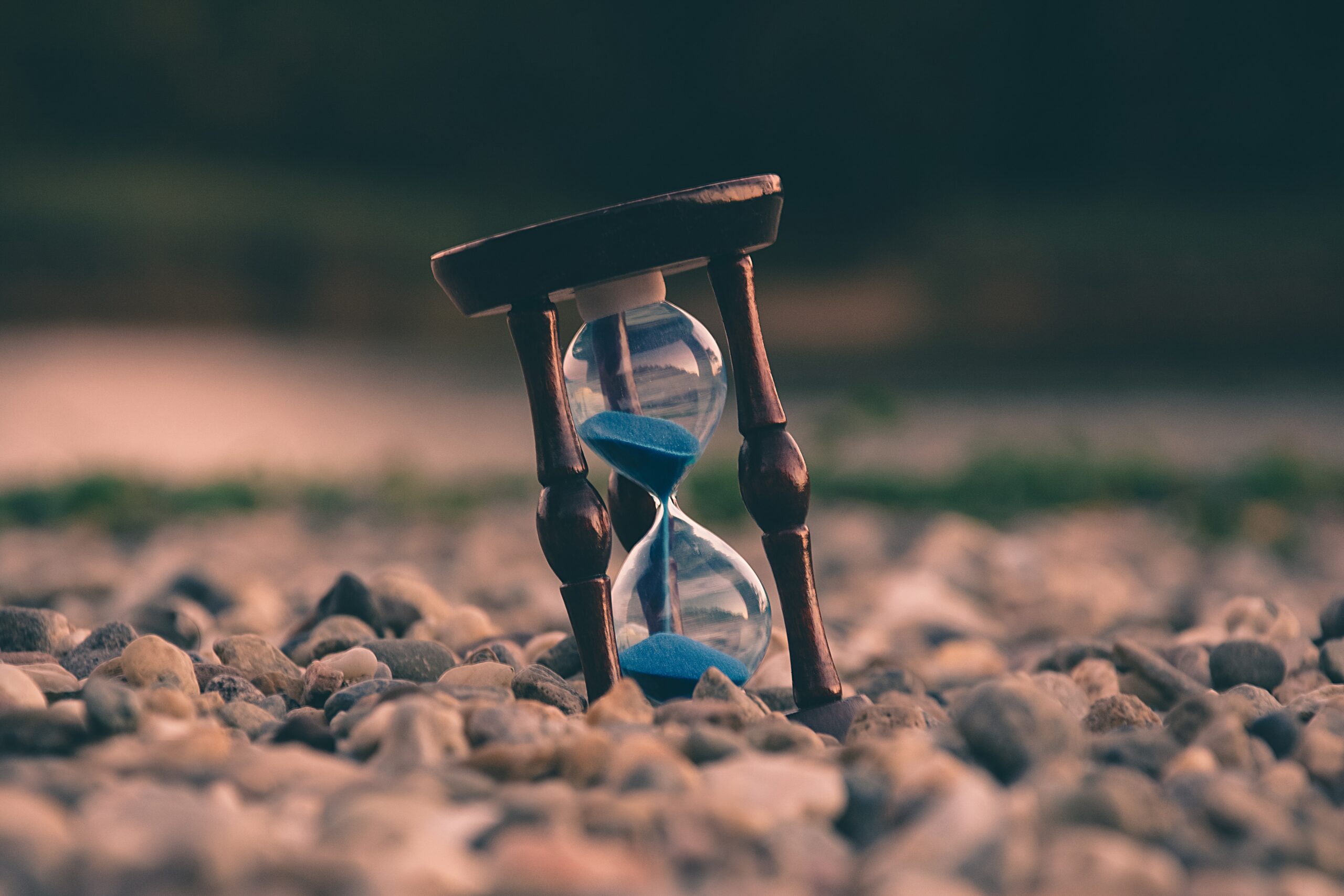In the expansive world of firearms, Briley Manufacturing
Company emerges as a beacon of precision, innovation, and quality. Established
in 1976 by Jess Briley, this Texas-based enterprise has transformed from a
modest machine shop into a global force in firearms accessories. Renowned for
its commitment to precision and excellence, Briley has left an indelible mark
on shotgun sports, supporting various disciplines such as trap, skeet, and sporting
clays. In this comprehensive exploration, we will delve into the origins of
Briley, examine some of its notable products, and focus specifically on the
mastery behind their renowned choke tubes and tube sets.
Origins:
Briley Manufacturing's journey began in Houston, Texas, where Jess Briley founded a small machine shop in 1976. Jess Briley envisioned a company that would combine his expertise in machining with a commitment to quality craftsmanship. As Briley gained recognition for its precision and innovation, it expanded its product offerings to become a trusted name in the firearms industry.
The Science of Adaptation: Slow and Steady Wins the
Race
Shooters often underestimate the timeline of
physiological adaptation following a training session. Muscles rebuild, energy
stores replenish, and genetic expression alters in response to the stresses
imposed during practice. This process, known as recovery, underscores the
importance of patience in training. While immediate gains may be elusive, the
long-term dividends of structured rest and recovery are undeniable.
Akin to other sports that are more physically involved, research
indicates that optimal recovery takes time, with significant losses in muscular
and aerobic fitness observed only after several days of inactivity. For
athletes preparing for grueling events like ultramarathons, the road to deep
recovery may span weeks. Yet, striking a balance between rest and activity is
imperative to ensure peak performance. If you don’t think shooters are athletes,
ask your NSCA Veteran Concurrent Shooters how exhaustive shooting a 4 day event
is vs a Junior. Although Sporting Clays shooters may not match the same
description as other athletes, they face the same challenges but in different
ways. Did you know your eyes take muscles to move them? How tired do your eyes
get after a day or weekend of shooting?
The Art of Tapering: Fine-Tuning for Success
At the heart of peaking lies tapering - a strategic
reduction in training load designed to enhance performance just in time for
competition. Tapering is not merely about cutting back on mileage; it's a
nuanced process that requires careful planning and adherence to key principles.
Some professionals practice this while others tout massive amounts of shells leading
up to a tournament. A safe comparison you may find is the student cramming
before a test vs the someone putting in the work over a long period of time.
While the duration of tapering varies depending on the
event's length and a shooter's conditioning, certain principles hold true
across disciplines:
Endurance Base: A solid foundation of endurance
training is essential to maximize the benefits of tapering. This is the 100
bird event practice keeping your mental and physical conditioning up to par for
competition.
Taper Period: The optimal taper period typically
ranges from a couple days for smaller events to up to a week or more before big
events.
Training Frequency: While training frequency may
be slightly reduced, intensity remains constant.
Training Volume: Reductions in training volume
range from 50% to 95% as the competition gets closer.
Intensity: Maintaining high-intensity training
preserves mental focus on making every bird count as they do in competition.
Avoiding Common Pitfalls: Timing is Everything
Despite the well-established benefits of tapering, many shooters
may fall prey to the temptation of training hard until the eleventh hour. This
approach can often backfire, leading to suboptimal performance due to
inadequate recovery both mentally or physically. We are not machines, something
will give eventually and it will either be your mental focus that you need for
every target to count or your body it self when you gun starts to feel a bit “heavy”.
Small hint, it’s not anymore heavy than when you started, it’s you.
Crafting a Long-Term Strategy: The Power of
Periodization
Peaking isn't an isolated event; it's the culmination of
a meticulously crafted training regimen rooted in periodization. Periodization
involves systematically modulating training intensity and volume to achieve
peak shooting performance at the desired time. Whether elite or recreational, shooters
must integrate periods of rest and recovery into their training cycles to
sustain long-term performance gains.
Tailoring the Taper: Event-Specific Considerations
Just as no two shooters are alike, no two tapering
strategies are identical. The duration and intensity of tapering must align
with the demands of the event. Longer events necessitate more extended taper
periods to allow for full recovery and adaptation. Conversely, shorter events
may require shorter, more intense tapering protocols. Understanding the unique
demands of each discipline enables shooters to tailor their tapering strategies
for maximum effectiveness.
The Latest Clay Lab Video
Conclusion: Mastering the Art of Peaking
In the pursuit of sporting clays excellence, success
hinges not only on skill and determination but also on strategic planning and
disciplined tapering. By embracing the rhythms of adaptation and adhering to
proven tapering principles, shooters can unlock their full potential precisely
when it counts. Whether standing on the precipice of a State Shoot or gearing
up for the World Sporting Clays Championship, the art of peaking transforms
aspirations into achievements, propelling athletes to the pinnacle of sporting
success. If you don’t think Sporting Clays Shooters are Athletes, think again.

Photo Credit: Clay Target Nation














